
Anirudh Belwalkar
@anirudhb20
Postdoctoral Researcher
Precision Agriculture Lab, Technische Universität München
Recent paper:
dx.doi.org/10.1016/j.jag.…
ID: 1246680582
https://www.lse.ls.tum.de/pag/home/ 06-03-2013 18:19:23
26 Tweet
71 Followers
109 Following

Here at the Dookie Open Day 2019! Pablo Pablo J. Zarco-Tejada was interviewed as the leader for the Transformed by Technology section discussing about how high technology and innovative research can impact agriculture. Nice day and very successful event!🥳@SensHyper @unimelb



A great success !! Flying 2 imaging spectrometers and thermal cameras onboard @unimelb remote sensing facility, @engunimelb Engineering & @FVASunimelb. Hard work by @SensHyper staff, special thanks to Tomas Poblete (UoM) and Alberto Hornero (IAS-CSIC & Swansea University).


Thanks Pablo Pablo J. Zarco-Tejada for the continuous encouragement.


Monitoring crop growth from the skies above - latest news on hyperspectral and thermal imaging for crop stress detection by HyperSens Lab @engunimelb & @FVASunimelb eng.unimelb.edu.au/industry/water…


The University of Melbourne @unimelb research in hyperspectral imaging HyperSens Lab has been described in the Australian TreeCrop magazine article focused in Ag technology. More than 1000 ha orchards monitored, assessing individual tree health @FVASunimelb @engunimelb Mallee Regional Innovation Centre (MRIC)


Another successful airborne and field campaign in the Mallee region as part of Mallee Regional Innovation Centre (MRIC) & @unimelb Univ. of Melbourne's aircraft research in precision agriculture & #biosecurity by @FVASunimelb & @engunimelb flying almond, citrus and olive orchards. Thanks HyperSens Lab team !!!


Searching for students to study a PhD in hyperspectral remote sensing at the University of Melbourne @unimelb Faculties of Engineering @engunimelb and Agriculture @FVASunimelb. Join HyperSens Lab to work under my supervision with the Airborne Remote Sensing Facility. Contact me!
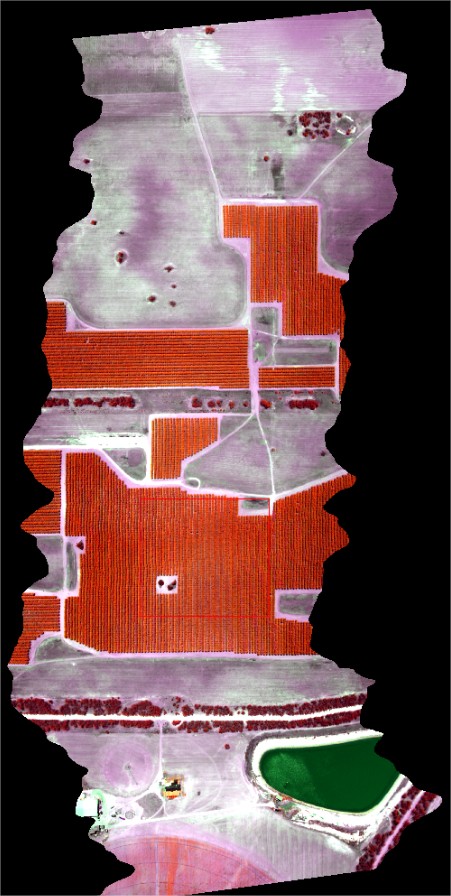

Our latest HyperSens Lab paper by PhD candidate A. Belwalkar Anirudh Belwalkar demonstrates the feasible fluorescence quantification by narrow-band imagers (4-6-nm) for precision agriculture applications compared against airborne imaging sub-nanometer retrievals sciencedirect.com/science/articl…


Searching for motivated candidates to carry out a PhD as part of a funded ARC Discovery grant. Research will focus on airborne imaging spectroscopy for crop stress detection. Contact me if you are interested to study HyperSens Lab University of Melbourne about hyperspectral imaging !!

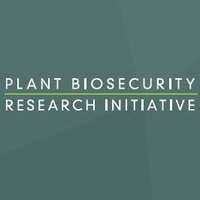
Prof Pablo Zarco-Tejada The University of Manchester News opens the Surveillance session with his research on hyperspectral detection of pathogens #2022PBRISym


A week of celebrations in HyperSens Lab with Anirudh Belwalkar' PhD completion seminar, Anne Wang's PhD thesis submission, Tomas Poblete's RSE publication, and Hafez Fathipoor joining University of Melbourne as new PhD student. Congratulations !!!!
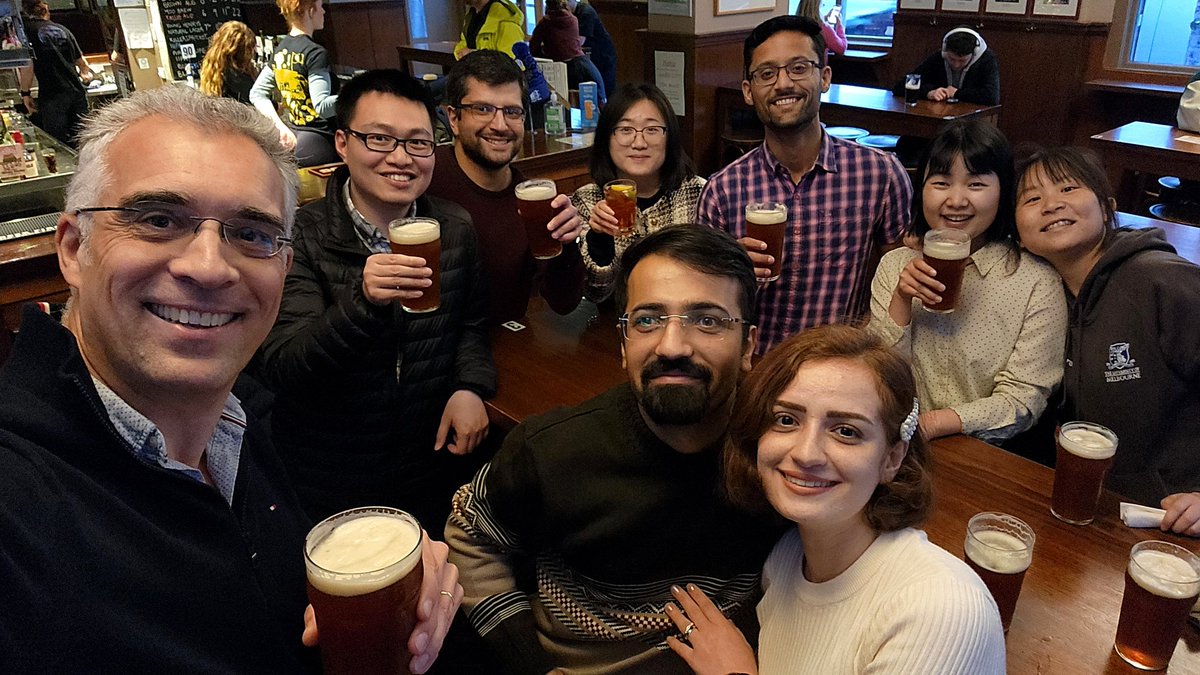

We presented a novel and direct method to mitigate atmospheric effects in SIF quantification without the need for atmospheric correction of the at-sensor radiance at #UAVRS in Cologne. Pablo J. Zarco-Tejada Peiqi Yang Anirudh Belwalkar Tomas Poblete University of Melbourne HyperSens Lab
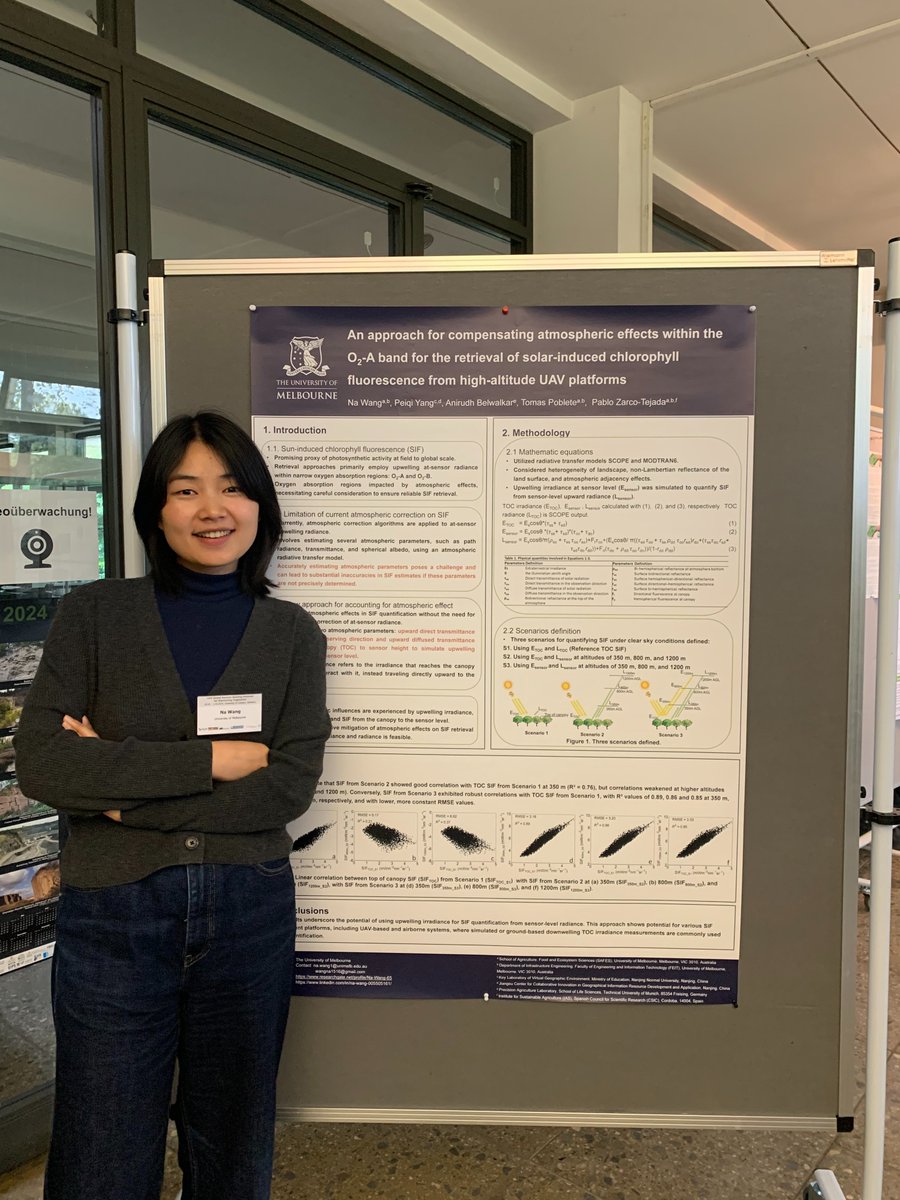

In IGARSS 2025, we were happy to introduce a new approach to compensate for atmospheric effects on at-sensor radiance and the added fluorescence signal. Thanks to Pablo J. Zarco-Tejada Tomas Poblete Anirudh Belwalkar and Ran (University of Nebraska–Lincoln). HyperSens Lab University of Melbourne QuantaLab
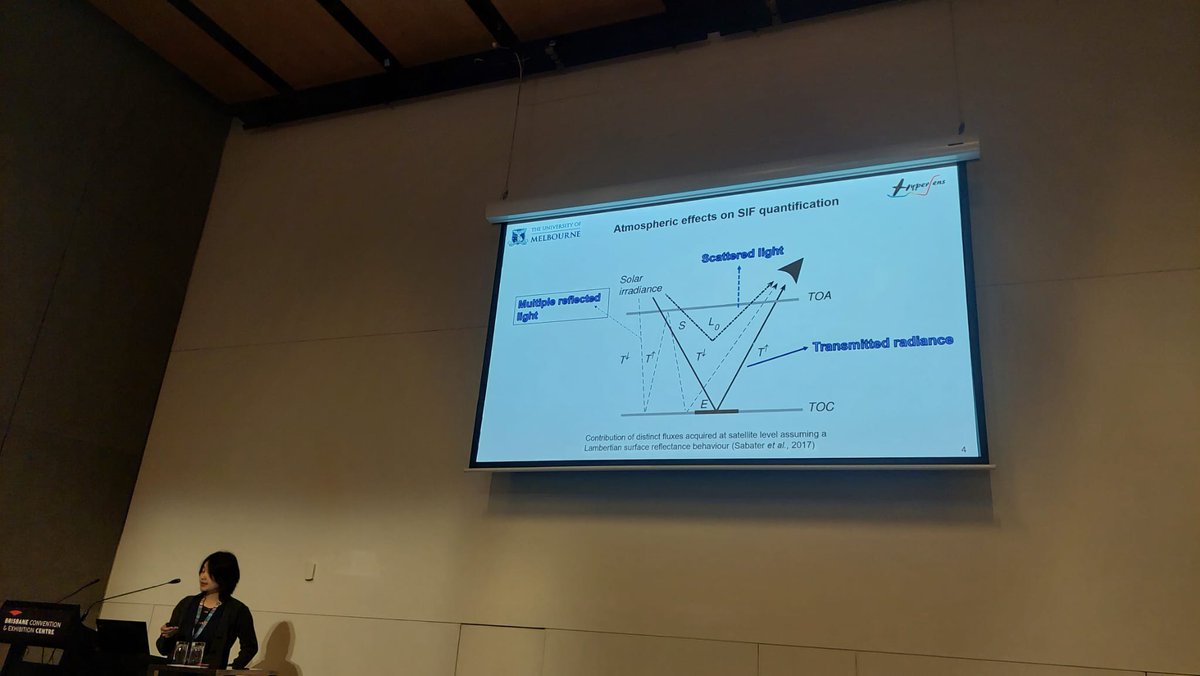

QuantaLab and its international dimension. We welcome Anirudh Belwalkar Anirudh Belwalkar and Hamza Mghari Hamza Mghari to work on hyperspectral and thermal imaging for stress detection, in collaboration with Na Wang Na Wang and the @quantalab team. Happy to have you in Córdoba!!


After 20+ years of pioneering research, we’ve moved from scepticism to solid validation in detecting solar-induced fluorescence using mid-resolution hyperspectral imagery. New study led by Wonseok Choi & RyuLab@SNU and international collaborators. sciencedirect.com/science/articl…



